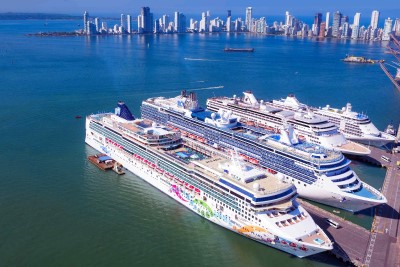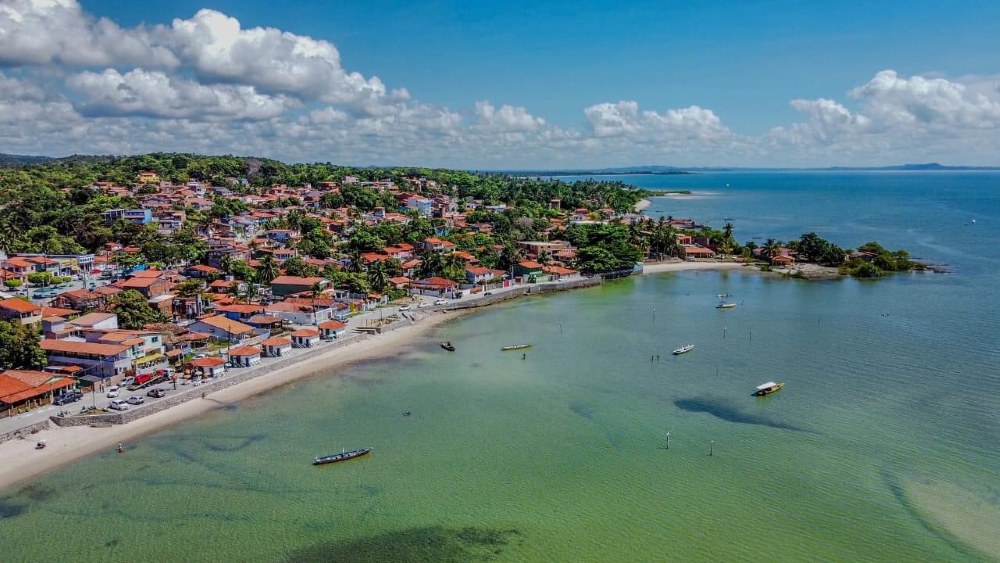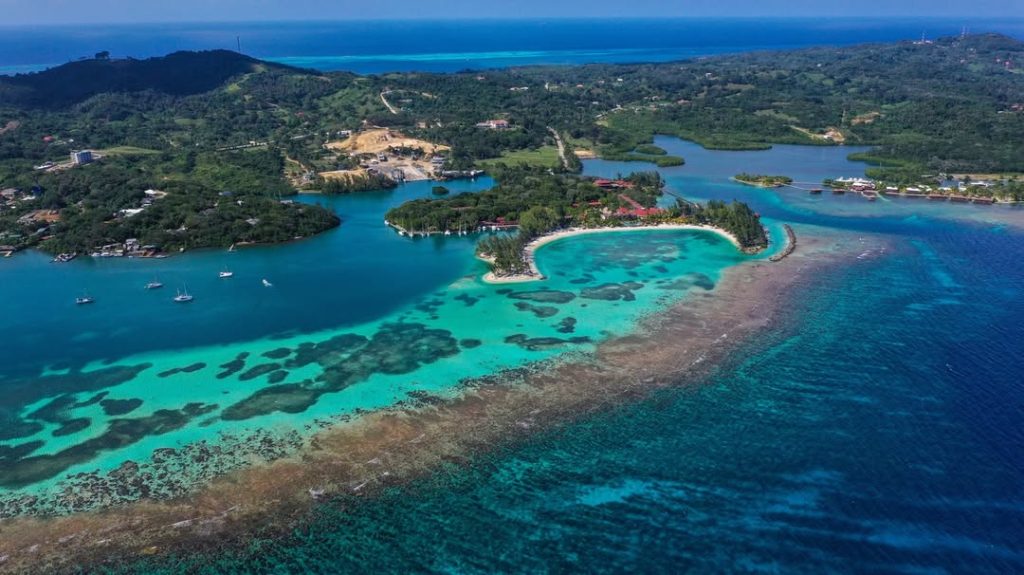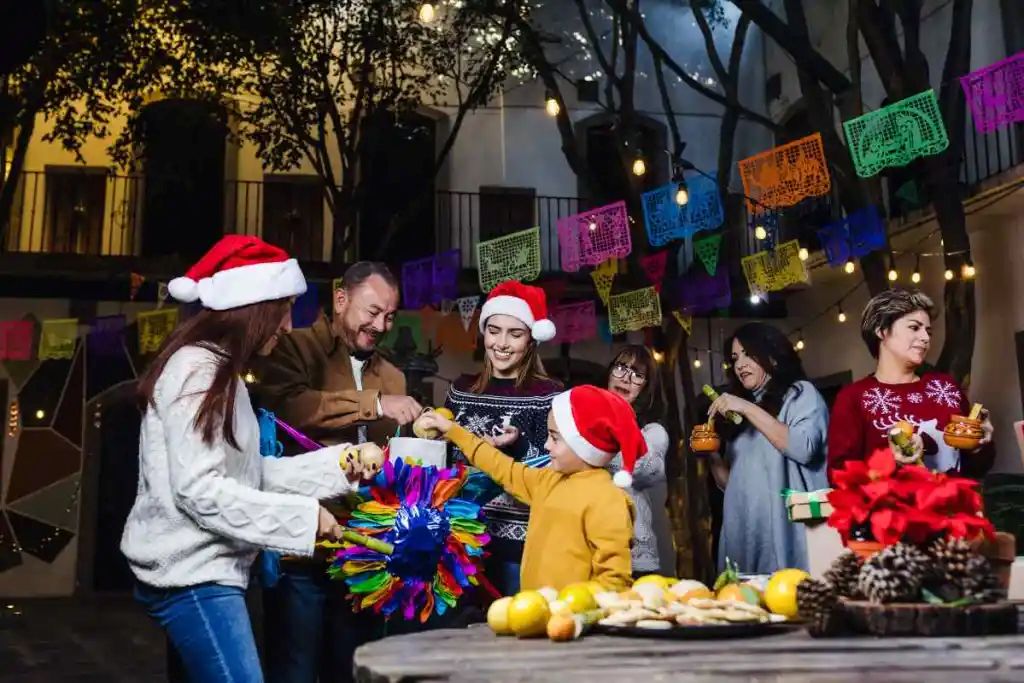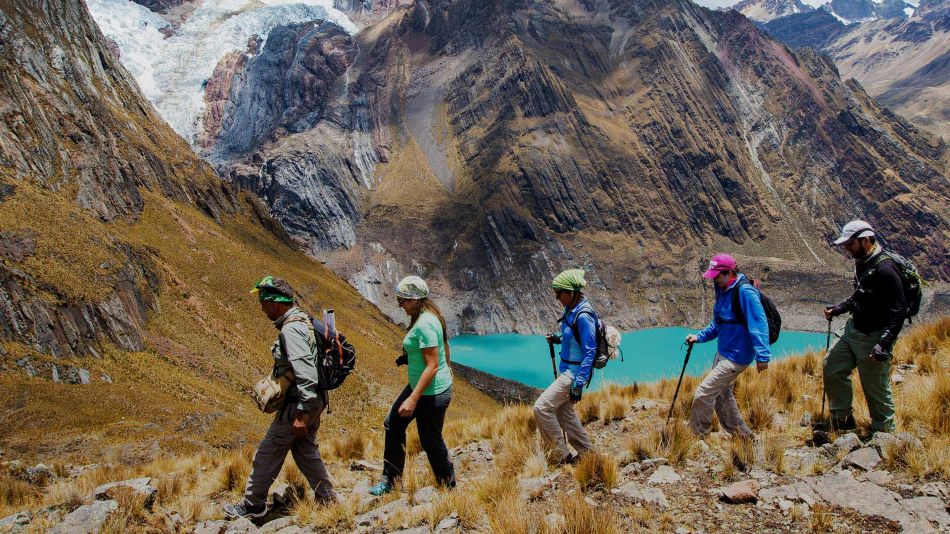The 2022 – 2023 cruise season, which will run until next March, is projected to bring around 626,900 visitors to the country, 221% more than the 2019 – 2020 period.
There will be a total of 227 ports of call, with at least 26 routes, in the main Pacific and Caribbean ports.
As with other variables in the tourism sector, the number of cruise passengers is not only recovering, but also increasing from pre-pandemic figures.
The Ministry of Commerce, Industry and Tourism, through FONTUR and ProColombia, maintains a strategic line to promote new destinations for cruise passengers in the country.
Among these new ports of call are Sapzurro, Capurganá and other destinations in the Gulf of Morrosquillo, which will be on the programme of the Lindblad Expedition cruise which began in October, as well as Cabo de la Vela in the Guajira region.
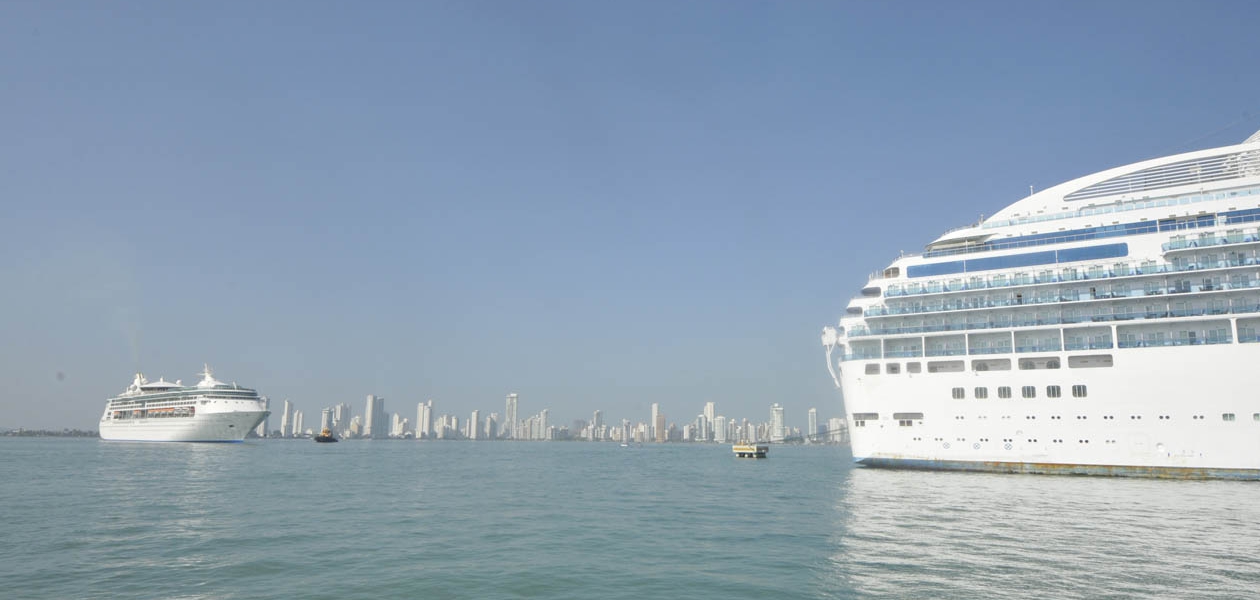
One of the most eagerly awaited novelties in the cruise segment is certainly the navigation of the country’s main river artery: the Magdalena River. This is one of the most important initiatives for tourism and the preservation of the ecosystem in Colombia, and according to the companies in charge of the project, it will be operational by 2024.
This dynamic is in line with the orientation of the government of President Gustavo Petro to make tourism a protagonist in the consolidation of peace, with the promotion of non-traditional destinations as a priority.
The cruise sector is a very important segment. Currently, Cartagena de Indias is the country’s top destination. However, along the country’s 4,171 kilometres of coastline, there is a wide range of emerging destinations capable of further positioning themselves in the expedition segment, especially on the Pacific coast in Bahía Solano, Buenaventura, Utría, Gorgona.
In Cartagena de Indias, according to the projections of the city’s port terminal, more than 625,700 cruise passengers will arrive in 192 calls, to which must be added the 11 calls on 7 routes expected by Santa Marta. For the Pacific ports, Bahía Solano, Utría and Gorgona, 11 calls on 5 lines are expected.
It is also worth noting the reactivation of destinations such as San Andres and Providencia, which will receive the first arrivals after the passage of hurricane Iota in 2020, and more recently of hurricane Julia.
Support for the supply side
The Ministry of Commerce, Industry and Tourism (MINCIT), the National Tourism Fund (FONTUR) and ProColombia are promoting the participation of national entrepreneurs in the sector in commercial scenarios, such as the Florida Caribbean Cruise Association (FCCA) conference.
From 11 to 14 October, a programme of meetings was held with officials from different cruise lines to seek and open up opportunities that will allow Colombia to continue to position itself as an international cruise destination.
Likewise, in collaboration with allies such as ANATO (Colombian Association of Travel and Tourism Agencies), the Port of Cartagena, the Cartagena Tourism Society and the Canadian organisation AQUILA Center for Cruise Excellence, a training course on service excellence and updating of trends in the sector will be held in November.
The dynamism of the cruise market is very good news for destinations and entrepreneurs in the sector, considering that cruise passengers generate a commercial dynamic in favour of local communities, leaving important revenues and promoting a sustainable dynamic based on tourism.

